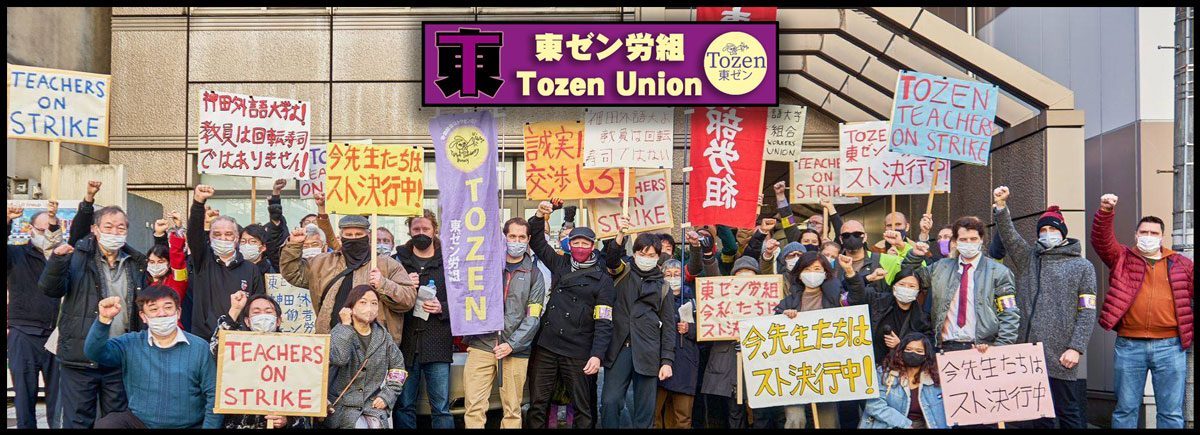Opinion is firming in the government and the Liberal Democratic Party that Japan should more proactively accept workers from overseas.
This development comes against the backdrop of the business world facing increasingly serious labor shortages amid the accelerating globalization of markets and the rapid aging of society coupled with the chronically low birthrate.
Expansion of acceptance of foreign workers, however, cannot happen without what should be called Japan’s “internationalization from within,” or the installment of a set of arrangements benefiting foreigners working in Japan, including employment security, medical services and education.
A large number of foreigners under the system, however, are in fact employed as cheap, unskilled laborers, in violation of the law that bans employing foreigners in unskilled jobs in such sectors as textile and machinery manufacturing, where finding Japanese recruits is getting more and more difficult.
A survey by the Justice Ministry showed that the number of companies and other organizations that were found to be abusing their foreign employees under the “job-training” system, such as by failing to pay them due wages, stood at 449 throughout the country in 2007–an all-time high.
In the words of a 27-year-old Chinese man who came to Japan after applying to participate in the government-run job training system in 2005: “The promise of ‘job training’ is totally false.”
“I was forced to do a farming job from 5 in the morning through 10 at night every day, without any paid days off,” the man, who now lives in the Kanto region, said.
“My pay was a little more than 100,000 yen a month, and my employer banned me from using a cell phone and confiscated my passport,” he said. “I can’t afford to return home, as doing so before I finish the three-year period under the training system would mean that I’d forfeit the deposit, or guarantee money, that I managed to raise from my relatives.”
Ippei Torii, secretary general of Zentoitsu Workers Union, a Tokyo-based trade union, who has been tackling this problem for years, said: “Problems afflicting foreign workers have been worsening year by year. Many people are subject to such abuses as sexual harassment and having their wages illegally skimmed.”
A fact-finding survey conducted by the municipal government of Hamamatsu, Shizuoka Prefecture, where many foreigners of Japanese ancestry live, covering workers from South American countries in the city showed that 32 percent of the foreigners polled were not covered by any insurance for medical care.
Many of them, when asked why they were uninsured, cited such reasons as they could not afford to pay premiums and their employers did not allow them to have health care coverage, according to the survey.
Those not covered by medical insurance, must, of course, pay their medical bill in full if they fall ill or are injured.
